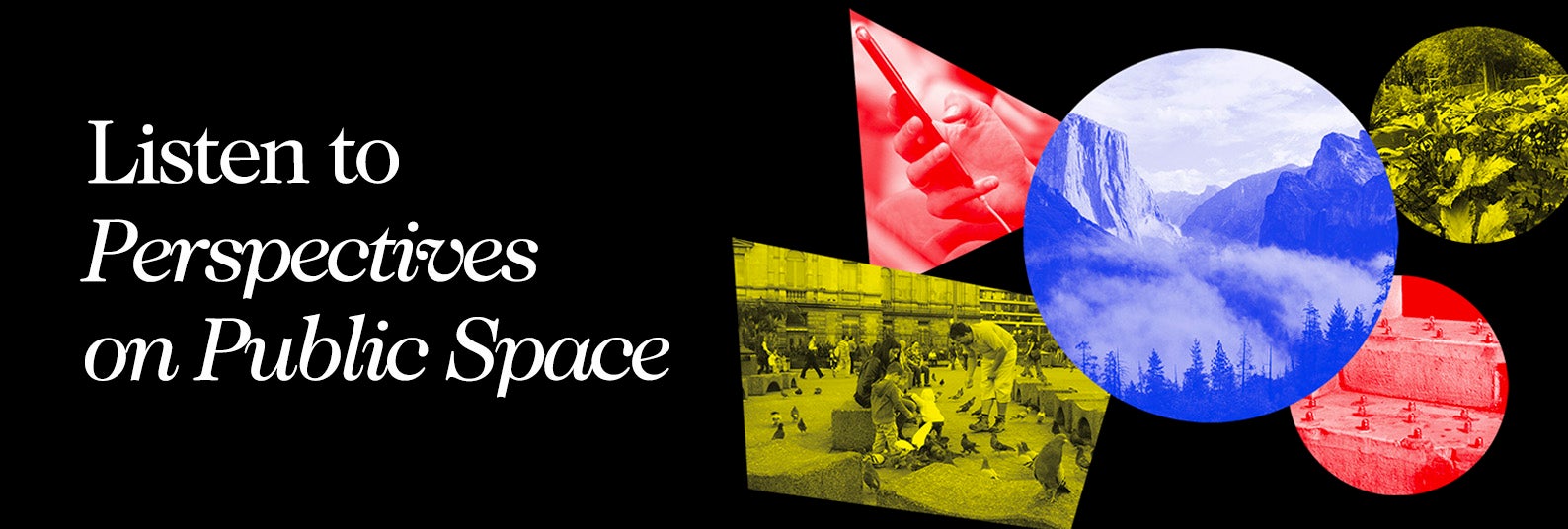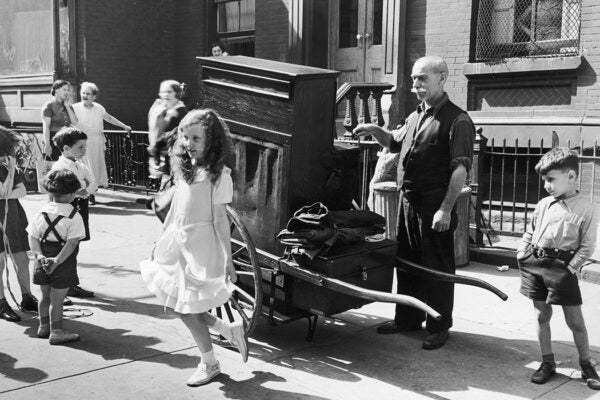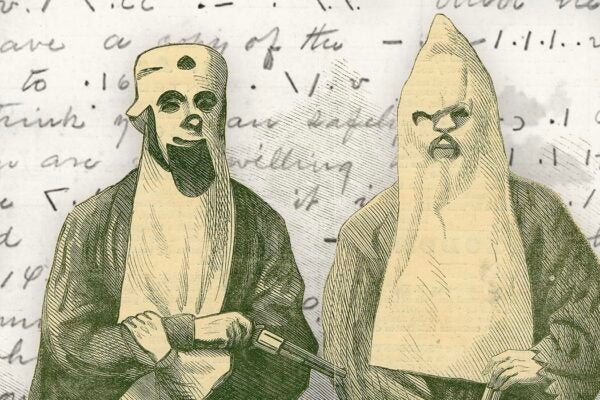International relations during World War II and the Cold War helped to end the legal segregation of Mexican Americans in California schools. Historian Jennifer McCormick details how relations with Mexico were pivotal in the federal role in 1947’s Mendez v. Westminster decision by the Ninth Circuit of the US Court of Appeals.
“The federal government recognized Mexican American civil rights during World War II because the United States feared enemy propaganda,” writes McCormick. “That recognition continued during the Cold War period as the country pursued ideological dominance on the world stage.” Ultimately, “[n]ational security concerns prompted an externally oriented elite to support the civil ideals embedded in desegregation,” writes McCormick.
Axis and then Soviet propaganda jumped right into the gap between America’s stated ideals and the reality of its racial order. Having second-class citizens of color in a country that touted its democracy and model as the best-in-the-world was a real liability during WWII. After the war, as newly independent African and Asian countries were courted by the USSR, the embarrassment and humiliation over the American way of racism was even more pronounced.
With Mexico right next door, the non-interventionist Good Neighbor Policy of the 1940s was very much strategic. It clearly wasn’t in the US’s interest to have an enemy, or an enemy-allied, neighbor. Worries about fifth column activity on the long southern border wasn’t just paranoia: Axis and Soviet agents were active in Mexico. (Leon Trotsky couldn’t escape Stalin’s assassins in Mexico in 1940.) The maintenance of good relations with Mexico translated into better treatment of Mexican-ancestry people north of the border.
McCormick notes that the United Nations Conference on International Organizations, the foundation of the UN in San Francisco in 1945, started just over a month before the hearing for Mendez was scheduled to begin. California Governor Earl Warren keynoted the UN conference, saying “our future is linked with a world future in which the term ‘good neighbor’ has become a global consideration.” Nine years later, Warren would be the Chief Justice of the Supreme Court, appointed by fellow Republican Dwight Eisenhower. It was Warren who issued the unanimous Brown v. Board of Education decision.
“A paramount requisite in the American system of public education is social equality,” stated the Mendez decision handed by the Southern District on February 1946. The decision found that the plaintiff’s Fourteenth Amendment rights had indeed been denied when the Westminster, California, school administrators told the Mendez children that they had to register at “the Medical school” instead of the white elementary school. The Court of Appeals affirmed the ruling.
More to Explore
Educate Thy Neighbor: Missouri’s Accidental Desegregation Win
Mendez had far-reaching effects, setting the precedent in desegregation cases that soon followed in Texas and Arizona. It signaled the end of Plessy v. Ferguson, the notorious 1896 SCOTUS decision that legalized racial segregation. The NAACP, which filed a brief in support of Mendez, would use the same Fourteenth Amendment argument to win Brown v. Board of Education.
Mendez ended de jure (legal) segregation of Mexican American children in California schools. Brown ended de jure segregation for Black children. But, just as whites in the South found ways to undermine Brown through “massive resistance,” shutting down public schools rather than integrate them (sometimes for years), and opening “segregation academies,” California’s whites found ways to maintain de facto segregation. They were rather less influenced by the US’s reputation abroad.
Weekly Newsletter
“Although international pressure functioned to move rights forward, it never outweighed domestic pressure, as the will of local white majorities to maintain a hierarchical, segregated society ultimately, and at times immediately, prevailed,” writes McCormick. She concludes that “endemic racism stymied, and in many cases stopped, the enactment of inclusive educational policies, as white parents pursued school segregation though the democratic channels of civil society.”
Absent the pressures of the Cold War, the federal commitment to racial justice dwindled. Today, California is one of the most segregated states in the country for Latinos. “Time and time again,” writes McCormick, “white racism has compromised the quality of public education for far too many children in the United States.”








